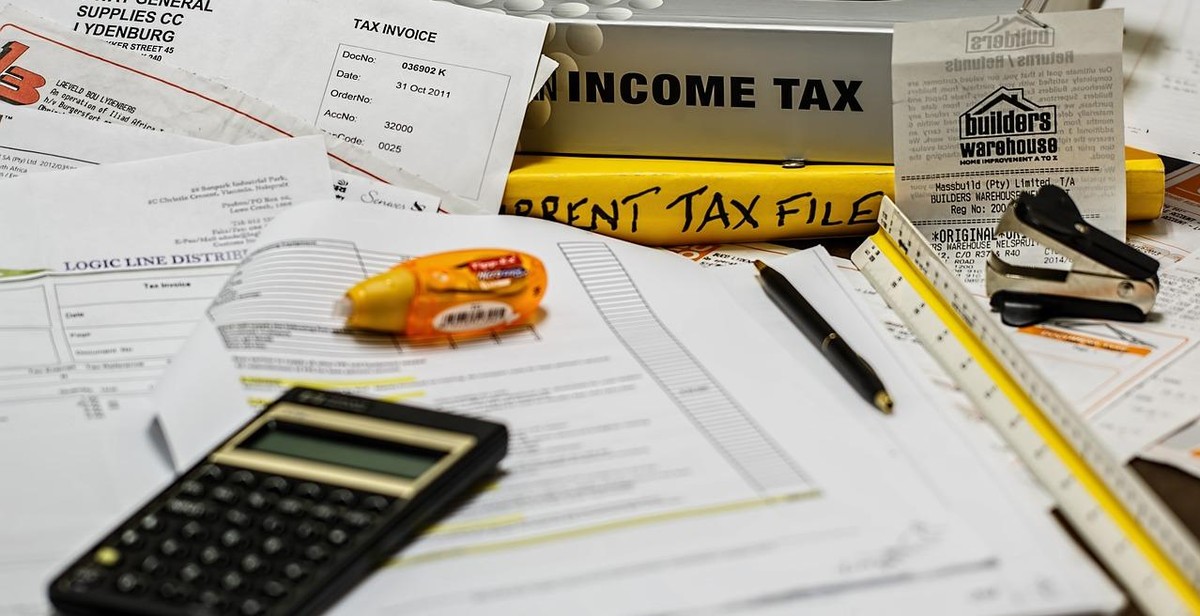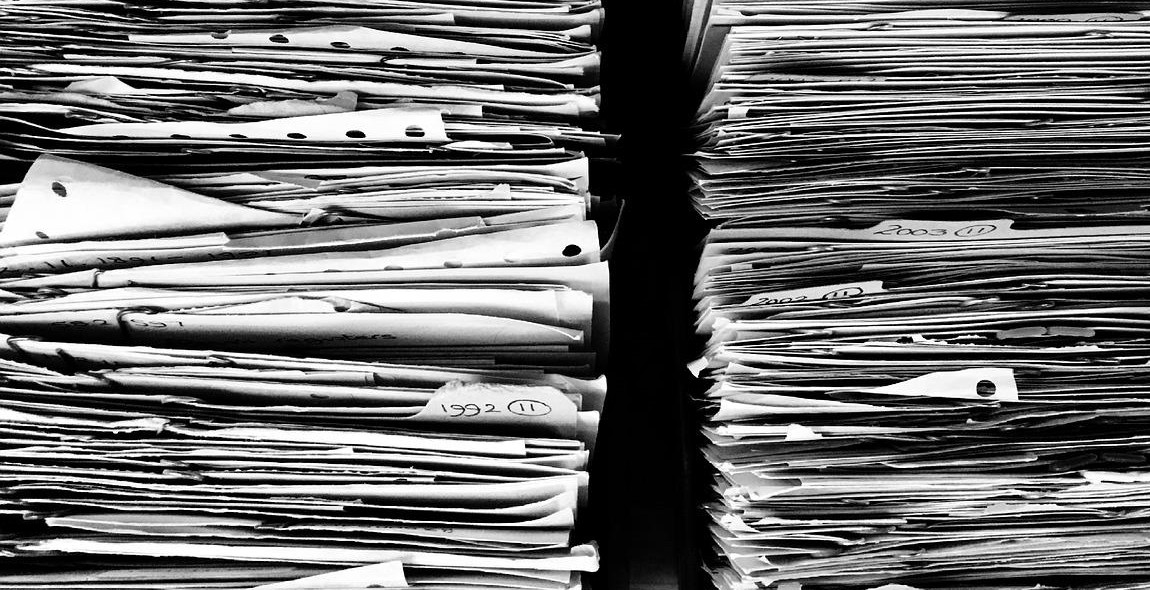How to Organize and Digitize Your Paper Documents
With the rise of technology, it’s becoming increasingly important to digitize and organize your paper documents. Not only does it make them easier to access and share, but it also helps to save space and reduce clutter. However, the task of organizing and digitizing a large number of documents can be daunting and time-consuming. That’s why we’ve put together this guide to help you streamline the process and make it as efficient as possible.
Step 1: Gather Your Documents
The first step in organizing and digitizing your paper documents is to gather them all together in one place. This includes any loose papers, files, or folders that you may have scattered around your home or office. Once you have everything in one place, you can start to sort through them and decide which documents to keep and which ones to discard.
Step 2: Sort and Categorize
Sorting and categorizing your documents is an important step in the organization process. You can start by creating categories such as financial documents, medical records, and personal documents. This will make it easier to find and access specific documents when you need them.
Step 3: Decide on a Digitization Method
There are a few different methods for digitizing your paper documents. You can use a scanner, a smartphone app, or a document management system. Each method has its own pros and cons, so it’s important to research and decide which one will work best for you.
Step 4: Store and Organize Digitized Documents
Once you’ve digitized your documents, it’s important to store and organize them properly. You can use cloud storage services, external hard drives, or a document management system. Whichever method you choose, make sure to create a logical folder structure and label your files clearly.
By following these four steps, you can successfully organize and digitize your paper documents, making them easily accessible and reducing clutter in your home or office.

Why Organize and Digitize Your Paper Documents?
Organizing and digitizing your paper documents is an essential task that can save you time and space, protect important information, and provide you with peace of mind. Here are some reasons why you should consider organizing and digitizing your paper documents:
Save Time
With paper documents, finding the information you need can be a time-consuming task. You may have to shuffle through stacks of papers and folders, searching for the document you need. Digitizing your documents makes it easier to search for and retrieve information. With a few clicks, you can find the document you need and save time in the process.
Save Space
Paper documents take up a lot of space, and if you have a lot of them, they can quickly become overwhelming. By digitizing your documents, you can free up physical space in your home or office. You can store your digitized documents on a hard drive, in the cloud, or on a backup server, eliminating the need for bulky filing cabinets and storage boxes.
Protect Important Information
Organizing and digitizing your paper documents can also help protect important information from damage or loss. Paper documents are vulnerable to damage from fire, water, and other disasters. Digitizing your documents ensures that you have a backup copy that can be easily retrieved in case of an emergency. Additionally, you can password-protect your digital files to prevent unauthorized access.
Overall, organizing and digitizing your paper documents is a smart investment of your time and energy. It can save you time and space, protect important information, and give you peace of mind. In the following sections of this article, we will discuss the steps you can take to organize and digitize your paper documents.

Getting Started: How to Organize and Digitize Your Paper Documents
Organizing and digitizing your paper documents can be a daunting task, but it doesn’t have to be. With the right approach, you can streamline the process and make it much more manageable. Here’s how to get started:
Gather All Paper Documents
The first step in organizing and digitizing your paper documents is to gather them all together. This means going through all of your files, folders, and other storage spaces to find every piece of paper you need to organize. Be sure to check all the nooks and crannies where papers tend to accumulate, such as desk drawers, filing cabinets, and even old boxes.
Sort Documents by Category
Once you’ve gathered all of your paper documents, the next step is to sort them by category. This means grouping together all of the papers that are related to a particular topic or subject. For example, you might have a pile of papers related to your taxes, another pile related to your home insurance, and another pile related to your medical bills. Sorting your papers by category will make it much easier to organize them later on.
Create a Filing System
With your papers sorted by category, the next step is to create a filing system. This can be as simple or as complex as you like, depending on the number of papers you have and the level of detail you want to include. At a minimum, you should create a set of folders or binders for each category of papers. You might also want to create subfolders within each category to further organize your papers.
When creating your filing system, be sure to label each folder or binder clearly and consistently. This will make it much easier to find the papers you need later on. You might also want to create a master list of all your categories and subcategories, so you can keep track of where everything is.
By following these steps, you can get started on the process of organizing and digitizing your paper documents. Once you have your papers sorted and filed, you’ll be ready to start digitizing them, which we’ll cover in the next section.

Digitizing Your Paper Documents
If you’re looking to organize and digitize your paper documents, the first step is to choose a scanner or digital camera that will suit your needs. There are a variety of scanners available on the market, ranging from basic flatbed scanners to more advanced document scanners with automatic feeders.
Choose a Scanner
If you have a large volume of documents to scan, a document scanner with an automatic feeder may be the best option. These scanners can quickly scan multiple pages at once, saving you time and effort. If you only have a few documents to scan, a basic flatbed scanner may suffice.
When choosing a scanner, consider the resolution and color depth. Higher resolution and color depth will result in higher-quality scans, but also larger file sizes.
Organize Digital Files
Once you have digitized your paper documents, it’s important to organize them in a way that makes sense to you. Consider creating a folder structure that mirrors your physical filing system, or use tags and keywords to easily search for specific documents.
You can also use document management software to help organize and manage your digital files. This software can automatically categorize and tag documents, making it easier to find what you need.
Backup Your Digital Files
It’s important to backup your digital files to ensure that they are safe and secure. Consider using cloud storage services like Google Drive or Dropbox, or an external hard drive to store your digital files. This will protect them in case of a computer crash or other technical issues.
Make sure to regularly backup your files to ensure that you always have access to your important documents.
| Pros | Cons |
|---|---|
| Quickly scan multiple pages | More expensive than basic flatbed scanners |
| Higher resolution and color depth | Larger file sizes |
| Automatic categorization and tagging | May require additional software or technical knowledge |

Maintaining Your Digital Files
Organizing and digitizing your paper documents can be a time-consuming process, but it’s worth it in the long run. Once you’ve completed the process, it’s important to maintain your digital files properly to ensure they remain organized and easily accessible. Here are some tips for maintaining your digital files:
Keep Your Files Organized
Organization is key to maintaining your digital files. Make sure you have a consistent system for naming and storing your files. Use clear and concise names that describe the content of the file. Create folders and subfolders to group similar files together. This will make it easier to find specific files when you need them.
Regularly Backup Your Files
Backing up your digital files is crucial to ensure you don’t lose your important data. Create a backup schedule and stick to it. Make sure you have multiple backups in different locations such as an external hard drive or cloud storage. This will ensure you have access to your files even if one backup fails.
Use Cloud Storage
Cloud storage is a great option for maintaining your digital files. It allows you to access your files from anywhere with an internet connection and provides an additional backup for your files. There are many cloud storage options available such as Google Drive, Dropbox, and OneDrive. Choose the one that best suits your needs and budget.
| Pros | Cons |
|---|---|
| Access from anywhere | Requires internet connection |
| Additional backup for files | May be subject to hacking or data breaches |
| Easy to share files with others | May have storage limitations |
By following these tips, you can maintain your digital files and ensure they remain organized and easily accessible.

Conclusion
Organizing and digitizing your paper documents can be a daunting task, but it is worth the effort in the long run. It not only saves space and time but also helps you to access important information quickly and easily.
Start by decluttering your documents and identifying which ones to keep and which ones to discard. Once you have a clear idea of what you need to keep, sort them into categories and label them accordingly. Consider investing in a scanner or a document management software to digitize your documents.
It is important to ensure that your digital files are properly backed up and secured. Use cloud storage or external hard drives to keep a copy of your files in case of any data loss. Set up a system to regularly update and maintain your digital files to ensure they remain organized and easily accessible.
Remember, organizing and digitizing your paper documents is not a one-time task but an ongoing process. Make it a habit to regularly review and update your files to keep them organized and up-to-date.
- Declutter your documents
- Sort and label your documents
- Digitize your documents
- Backup and secure your digital files
- Maintain and update your files regularly
By following these simple steps, you can take control of your paper documents and streamline your workflow. Start organizing and digitizing your documents today and enjoy the benefits of a clutter-free and efficient workspace.
